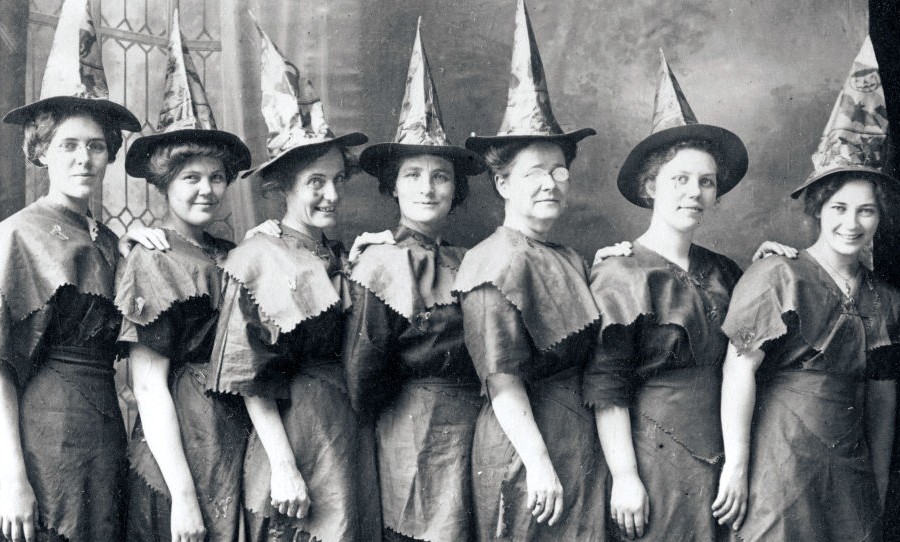Across history, women have banded together in vocation, in tradition and in necessity. Witches exist beyond the trope of pointed hats and warted noses; they’re women of formidable and otherworldly power.
The pop-cultural resurgence of astrology, of Wicca and of the supernatural has been interesting to watch. It is almost an exclusively female past-time; men do not seem to partake in exploration of the Zodiac or of things otherworldly. Perhaps it is because these things lie in intuition and interpretation, two traditionally matriarchal senses. George-Allen channels these tropes in her latest release Witches: What Women Do Together and explores the alternatives to traditional notions of femininity.
In her latest release Witches: What Women Do Together, writer Sam George-Allen explores the unconventional sides of femininity.
Women’s place in covens, in convents, in dance troupes and in girl bands have often been trivialised because of their lack of male intervention. The West has systematically obliterated feminine power; the patriarchy has overridden traditional and habitual feminine forces. Matriarchal communities do not exist in the First World. Instead we’re told that a women’s place is devotional to men.
In her latest release Witches: What Women Do Together, Brisbane-based writer Sam George-Allen explores the power that women exude when they’re left alone to work together. George-Allen explores feminine prowess through groups, not individuals; she talks with nuns, farmers, trans-identifiers and midwives to get grassroots knowledge from the subjects themselves. She engages in discourse rather than objectifying and interviewing her participants; her subjects are treated with reverence rather than curious degradation.
In writing Witches: What Women Do Together, George-Allen accepts and challenges her own internalised misogyny. She wants to learn alongside her audience. Her articulation is eloquent and effortless; she manages to explore the power of females with fluidity and grace, without bashing men, without cheapening her topics and without trivialising their experiences.
She talks of the works of female farmers, who, unlike men, employ a more restorative and regenerative approach to the land. When she speaks with female body builders, she doesn’t gush at their physical strength but admires their emotional muscle. When she explores sex workers she acknowledges that in her past she may have been uninformed about their plight, but ungrudgingly undoes her wrongs and continues to ascertain the knowledge to move forward.
Witches: What Women Do Together was released on March 5, 2019 by Penguin Random House. Purchase a copy on their website.



